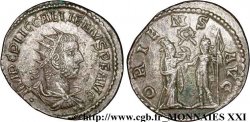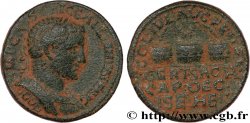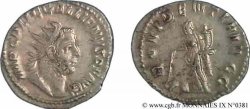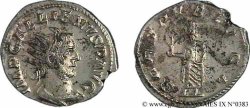- Accueil
- >
- >
v38_0840 - GALLIENUS Antoninien
MONNAIES 38 (2009)
Starting price : 125.00 €
Estimate : 200.00 €
unsold lot
Starting price : 125.00 €
Estimate : 200.00 €
unsold lot
Type : Antoninien
Date: 257
Mint name / Town : Roma
Metal : billon
Millesimal fineness : 250 ‰
Diameter : 22 mm
Orientation dies : 5 h.
Weight : 3,37 g.
Rarity : R1
Emission: 2e
Coments on the condition:
Exemplaire sur un petit flan, parfaitement centré. Très beau portrait. Frappe molle au revers. Patine grise avec des reflets dorés
Catalogue references :
Obverse
Obverse legend : IMP C P LIC GALLIENVS P F AVG.
Obverse description : Buste radié et cuirassé de Gallien à droite drapé sur l’épaule gauche, vu de trois quarts en avant (B01).
Obverse translation : “Imperator Cæsar Publius Cornelius Gallienus Pius Felix Augustus”, (L'empereur césar Publius Cornelius Gallien pieux heureux auguste).
Reverse
Reverse legend : VICTORIAE AVGG IT GERM.
Reverse description : Victoria (la Victoire) debout à gauche, tenant une couronne de la main droite et une palme de la main gauche ; un captif tourné à gauche à ses pieds.
Reverse translation : “Victoriæ Avgustorum iterum Germanicæ”, (Les deuxièmes victoires germaniques de nos augustes).
Commentary
Avec son argenture superficielle. Rubans de type 3.
With its superficial silvering. Type 3 ribbons
With its superficial silvering. Type 3 ribbons







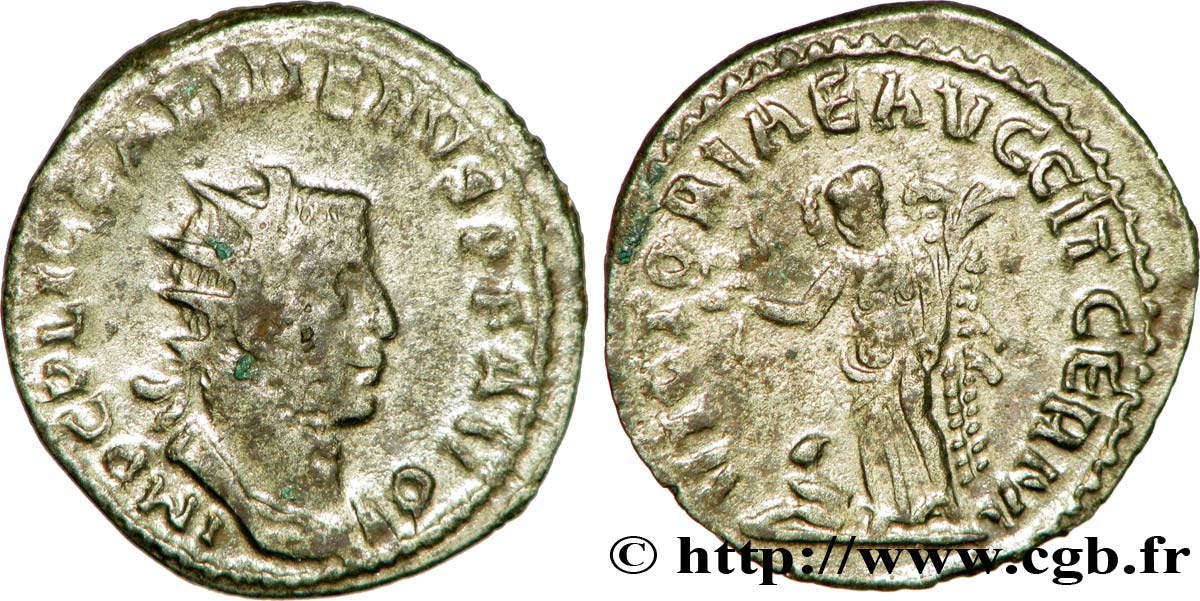
 Report a mistake
Report a mistake Print the page
Print the page Share my selection
Share my selection Ask a question
Ask a question Consign / sell
Consign / sell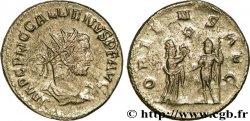
 Full data
Full data